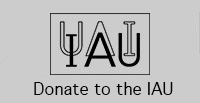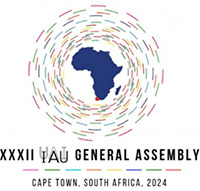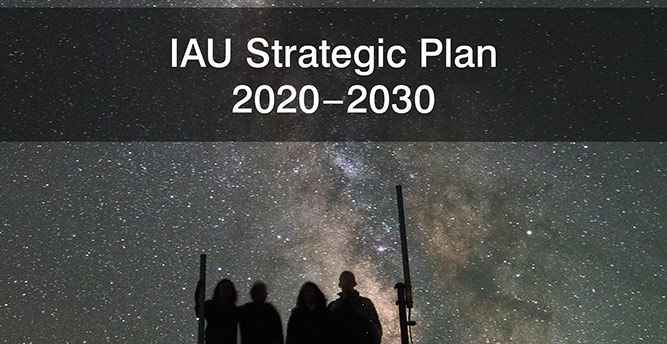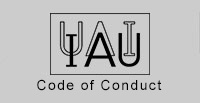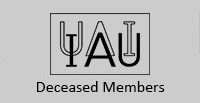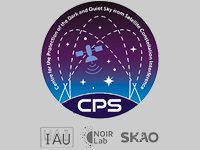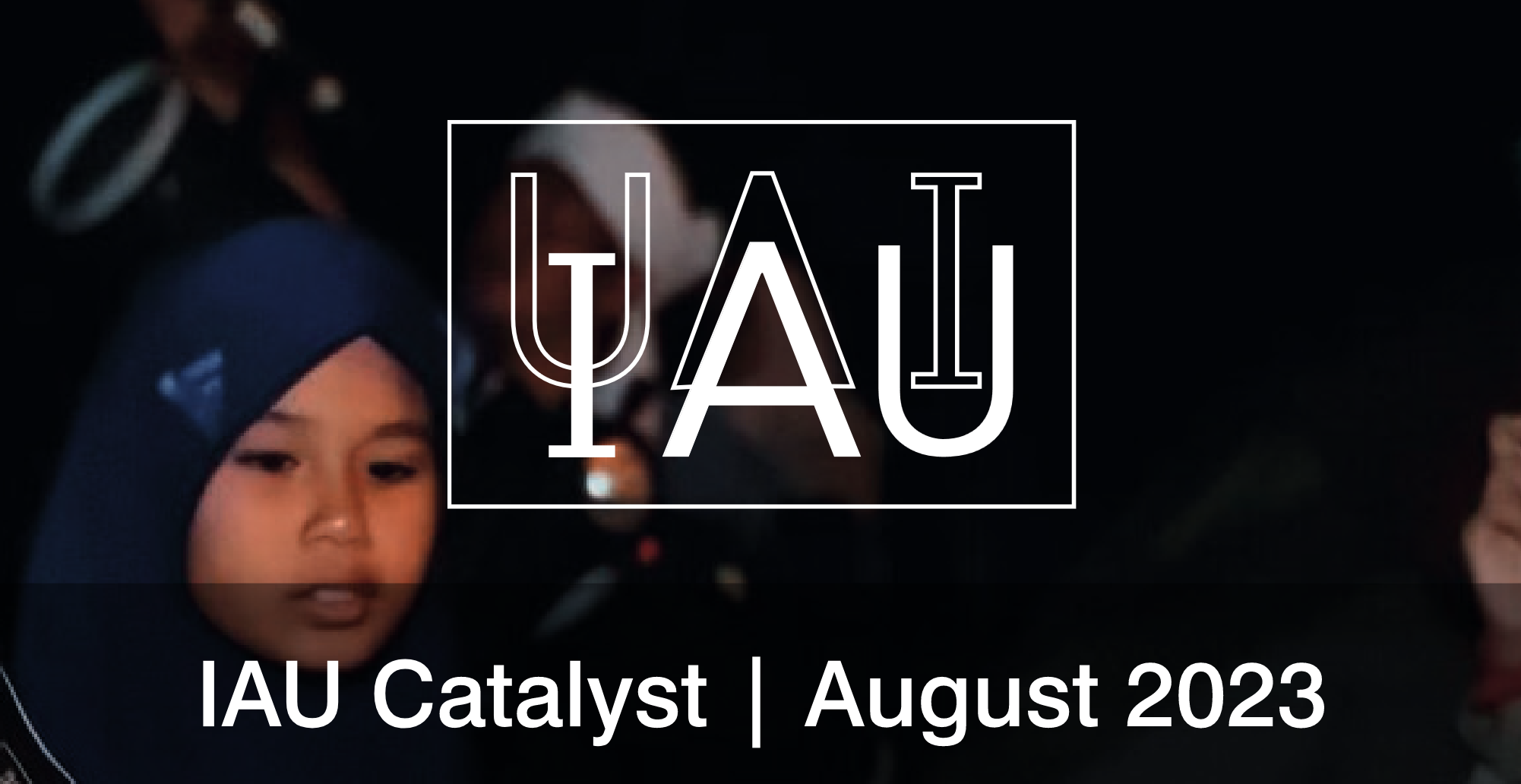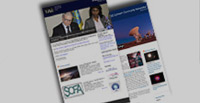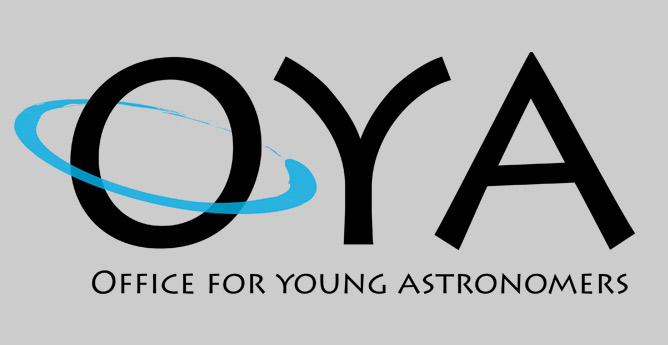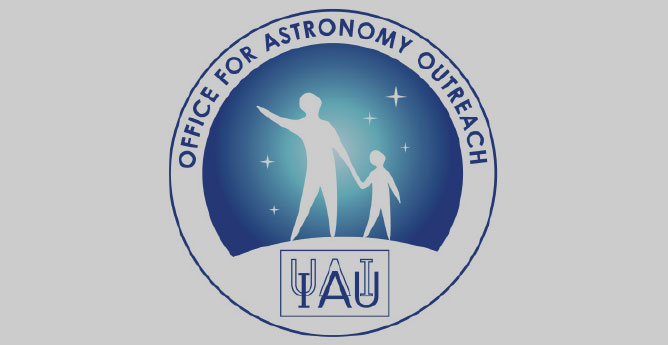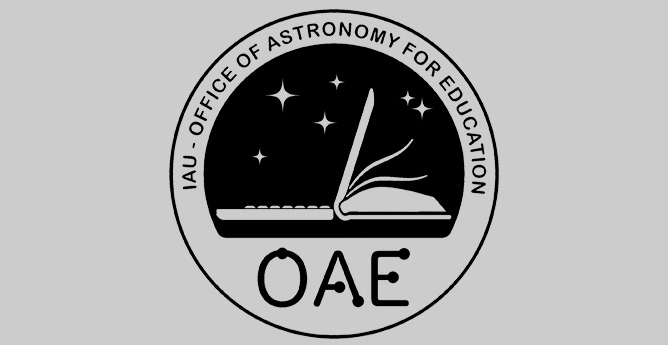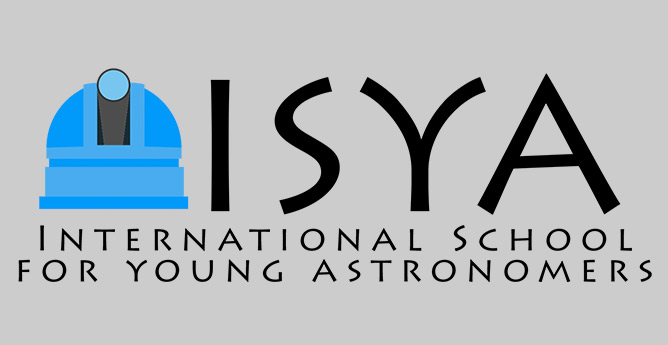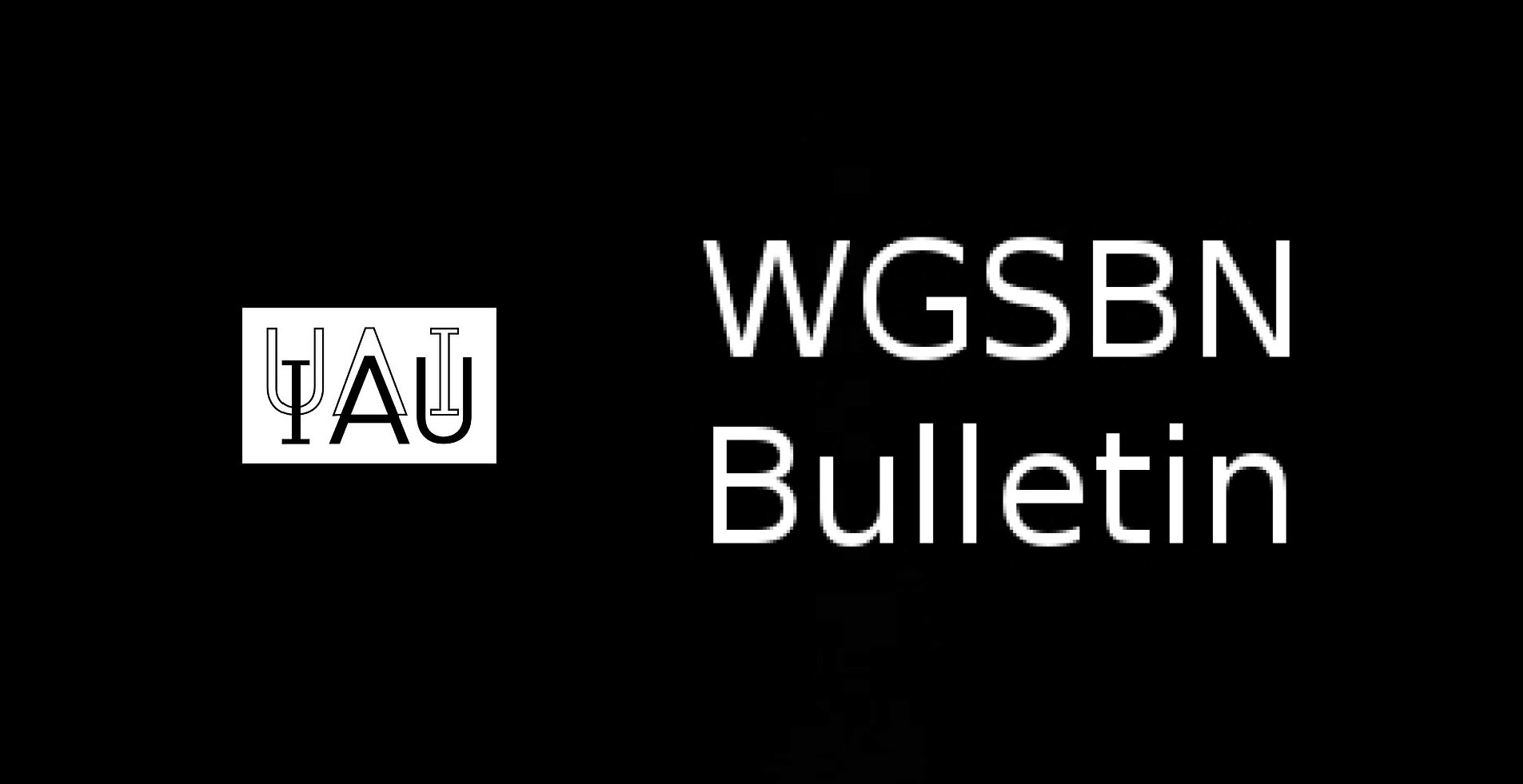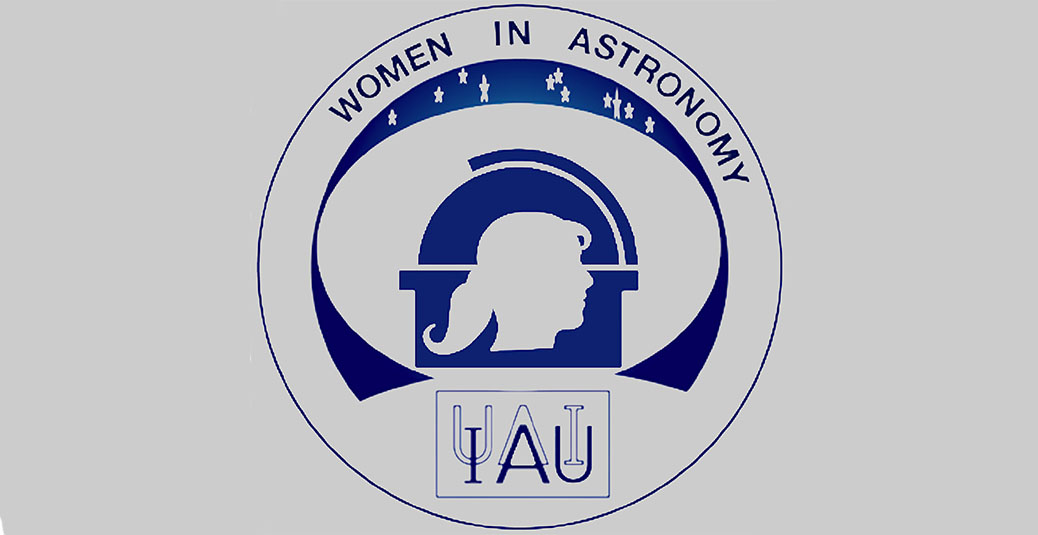- News
- Science
- Scientific Bodies
- Divisions
- Commissions
- Commission A1 Structure
- Commission A2 Structure
- Commission A3 Structure
- Commission A4 Structure
- Commission B1 Structure
- Commission B2 Structure
- Commission B3 Structure
- Commission B4 Structure
- Commission B5 Structure
- Commission B6 Structure
- Commission B7 Structure
- Commission C1 Structure
- Commission C2 Structure
- Commission C3 Structure
- Commission C4 Structure
- Commission C5 Structure
- Commission D1 Structure
- Commission E1 Structure
- Commission E2 Structure
- Commission E3 Structure
- Commission E4 Structure
- Commission F1 Structure
- Commission F2 Structure
- Commission F3 Structure
- Commission F4 Structure
- Commission G1 Structure
- Commission G2 Structure
- Commission G3 Structure
- Commission G4 Structure
- Commission G5 Structure
- Commission H1 Structure
- Commission H2 Structure
- Commission H3 Structure
- Commission H4 Structure
- Commission J1 Structure
- Commission J2 Structure
- Commission J3 Structure
- Commission X1 Structure
- Commission X2 Structure
- Past Commission Organising Committees
- Working Groups
- Centres
- Scientific Meetings
- Rules & Guidelines
- General Assemblies
- Meeting Proposals
- Future IAU Meetings
- General Assemblies
- EC Meetings
- Officers' Meetings
- Regional Meetings
- Symposia
- Focus Meetings
- Institutional Meetings
- IAU Offices Meetings
- IAU-Sponsored Meetings
- Letters of Intent submitted for 2024
- Letters of Intent submitted for 2023
- Letters of Intent submitted for 2022
- Letters of Intent submitted for 2021
- Letters of Intent submitted for 2020
- Past IAU Meetings
- Templates
- Other Meetings
- Grants & Prizes
- Scientific Bodies
- Publications
- IAU Publications
- IAU Strategic Plan
- Symposia
- WGSBN Bulletins
- Regional Meetings
- Information Bulletins/Catalyst
- E-Newsletters
- Focus Meetings
- Transactions A
- Transactions B
- Related Publications
- GA Newspapers
- CAPjournal
- IAU Books
- Brochures
- IAU Offices
- WG Reports
- Commission Reports
- Division Reports
- Past IAU Publications
- Rules, Guidelines and Instructions for Proceedings
- Publishers
- IAU Publications
- Administration
- About the IAU
- Statutes & Rules
- IAU Policies
- IAU Executive Bodies
- IAU Secretariat
- Resolutions
- Members Administration
- Administrative Dates & Deadlines
- International Organisations Relations
- Donate to the IAU
- Training in Astronomy
- Astronomy for Education
- Astronomy for Development
- Astronomy for the Public
- Office for Astronomy Outreach
- FAQ
- Themes
- Satellite Constellations
- Astronomy in Everyday Life
- How to Report a Discovery
- Careers in Astronomy
- Defining our Place in the Cosmos
- The Constellations
- Light Pollution
- Measuring the Universe
- Near Earth Objects
- How to Participate in Astronomy Research
- Naming of Astronomical Objects
- Naming of Exoplanets
- Buying Star Names
- Naming Stars
- Pluto and the Solar System
- IAU Member Statistics
- Our Moon: the Moon
- Meteors & Meteorites: The IAU Definitions of Meteor Terms
- UNESCO-IAU Portal to the Heritage of Astronomy
- Social Media
- Past Events
- Call for Online Resources
- Astronomy@Home Awards
- Contact
G4 – Commission G4 Pulsating Stars
Description
Pulsations occur in stars across the Hertzsrpung-Russell diagram, from hot white dwarfs to cool supergiants. Once thought to be confined to exclusive instability strips, modern precision photometry has revealed multi-frequency low-level oscillations in tens of stellar classes previously thought to be stable. The fact that the frequency spectrum of oscillations is directly linked to internal structure has launched a science which allows the invisible parts of a star to be explored in unprecedented detail.
The interests of IAU Commission G4 span the entire range of observation, modelling, and understanding of pulsating stars, i.e. stars that vary in brightness due to global oscillations, either radial or non-radial. This interest encompasses many sub-areas, including techniques, variability surveys, classification and naming, interpretation and modelling, and using pulsating stars for the detection of exoplanets, as probes of stellar clusters and the Galaxy, and as cosmological distance indicators. Together these topics form the vibrant and increasingly precise science of asteroseismology.
Using multi-instrument, multi-wavelength and multi-methodology approaches to the study of related objects demands collaborative and cross-discipline research. The overall aim of the Commission is to study the astrophysics of pulsating stars, employing the full range of methodologies and theoretical and instrumental approaches at the disposal of the contemporary astronomer. The results obtained from such studies provide fundamental inputs to scientific domains including stellar evolution, stellar and planetary atmospheres, binary and multiple star systems, and massive stars.
Topics
- Pulsations across the Hertzsprung-Russell Diagram including: classical Cepheids, RR Lyrae stars, main-sequence stars, red-giant branch stars, asymptotic giant branch stars, extreme horizontal branch stars, and white-dwarfs.
- Methods for detecting, observing and resolving stellar oscillations.
- The physics of stellar pulsations.
- Tools for resolving stellar structure and testing stellar evolution.
- Tools for detecting exoplanets, and characterising planetary systems.
- Pulsating stars as probes of stellar systems, galaxies and the cosmic distance scale.
Work Plan
Recognising that our understanding of physical processes in stars contributes significantly to astrophysical research, including, but not limited to the Sun as a star, and to stars as hosts of planets and planetary systems, universal laboratories for fundamental astrophysics, fundamental components of galaxies, probes of chemical evolution of galaxies, and key distance indicators for the distance scale of the universe, the Commission aims to:
- Support cross-divisional and cross-commission information exchange, discussion and research.
- Promote biennial IAU Symposia on Stellar Pulsation. Following CoRoT/Kepler/K2/OGLE and the commencement of new wide-field synoptic surveys (such as LSST, TESS, and Plato), as well as more focussed efforts (such as SONG and BRITE), these Symposia continue to define progress in the field.
- Support other conferences to facilitate collaboration and communication,
- Develop a strategy to encourage dialogue between scientific consortia, in particular between long-term ground-based surveys and high-cadence space missions.
- Develop a coherent body of information based around a redesigned Commission web site to promote communication amongst scientists working in the field.
Commission Web Page
Commission Members (237)
Under Division
Division G Stars and Stellar Physics
Jadwiga Daszynska-Daszkiewicz
Uniwersytet Wroclawski
Instytut Astronomiczny
Kopernika 11
51-622 Wroclaw
Poland
Phone: +48 71 3729373
Organization website: http://www.astro.uni.wroc.pl/
NCA adherence: Poland
Last updated:
November 20, 2023
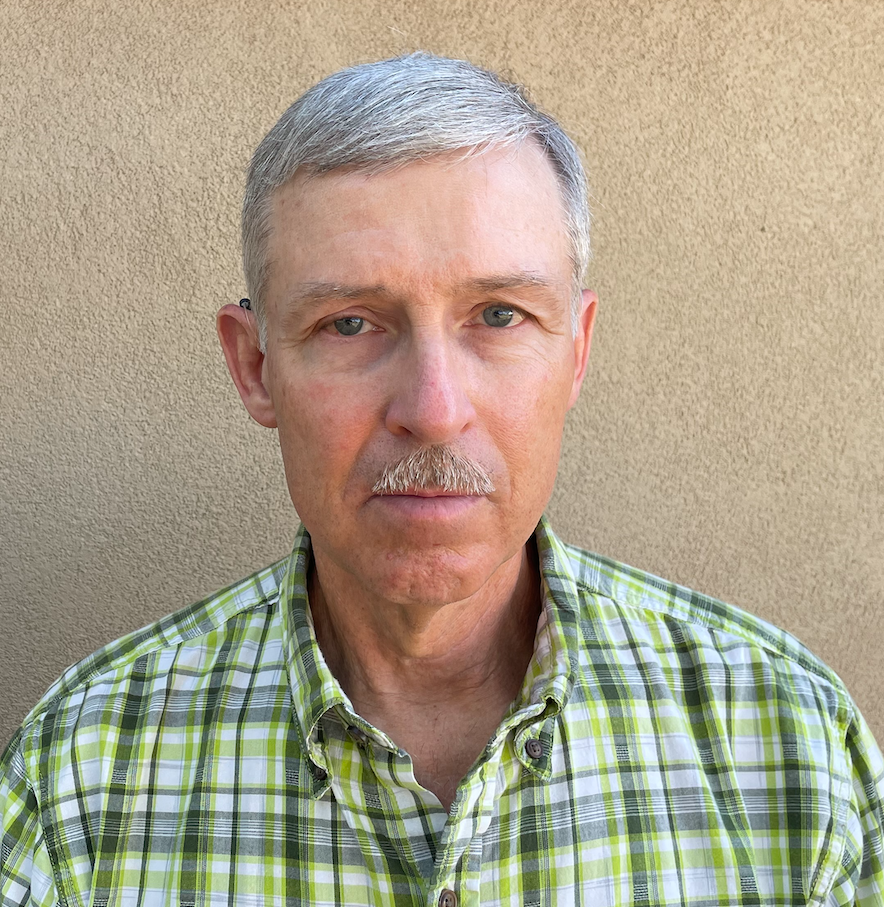
Paul A. Bradley
LANL
MST-F699, XCP-6
Box 1663
Los Alamos NM 87545-2345
New Mexico (NM)
United States
Phone: +1 505 667 8999
Organization website: http://www.lanl.gov/
NCA adherence: United States
Last updated:
March 8, 2024
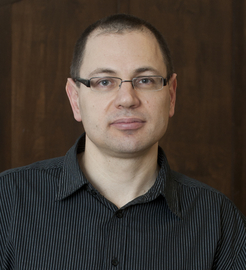
Robert Szabo
Research Centre for Astronomy and Earth Sciences (ELKH)
Konkoly Observatory
Konkoly Thege Miklos ut. 15-17.
H-1121 Budapest
Hungary
Phone: +36 1-3919367
Personal website: http://konkoly.hu/staff/rszabo.shtml
Organization website: http://konkoly.hu/
NCA adherence: Hungary
Last updated:
November 20, 2023
Organizing Committee
Search Scientific Bodies
